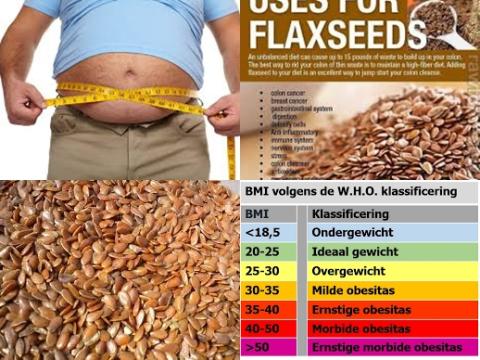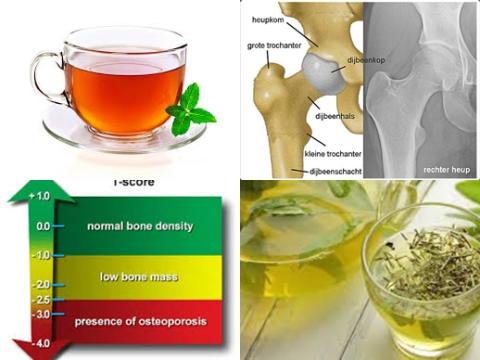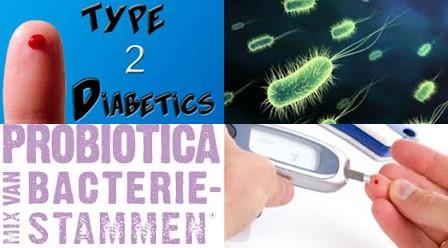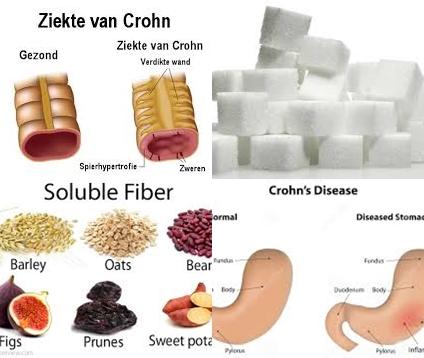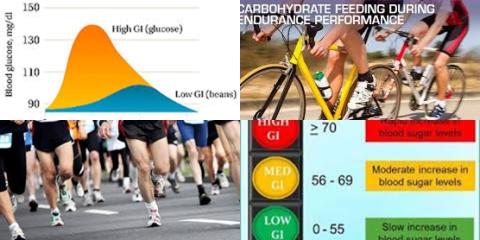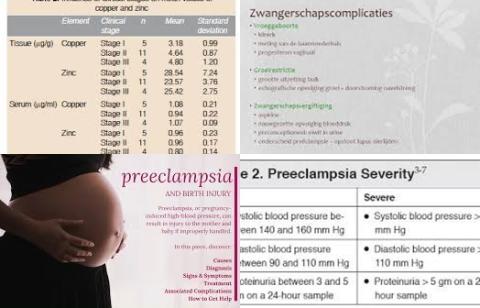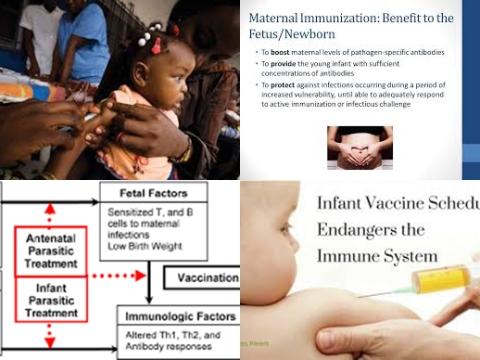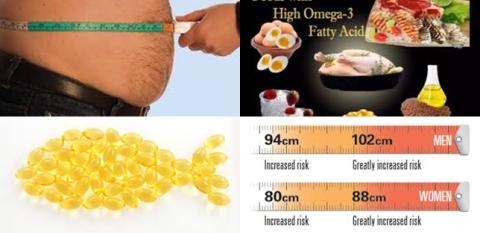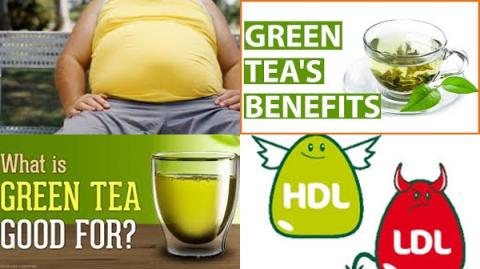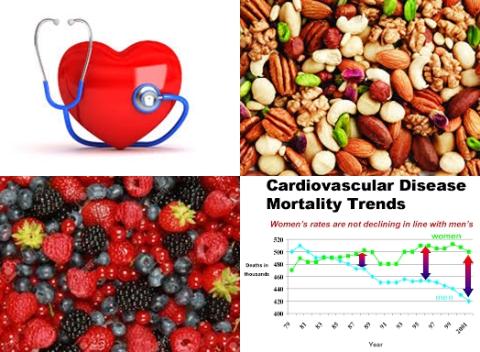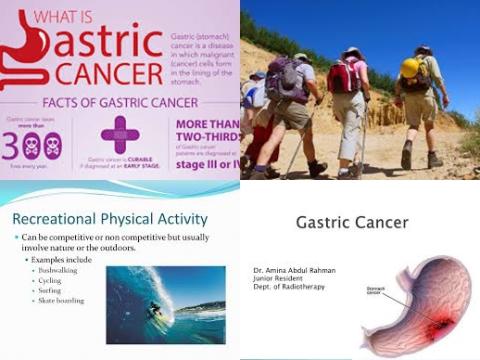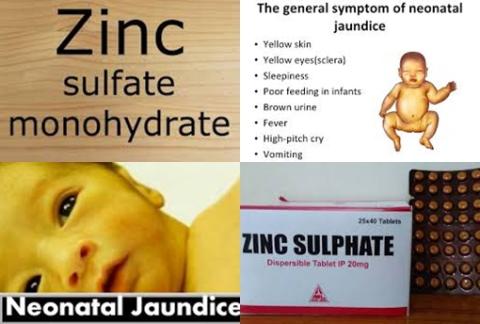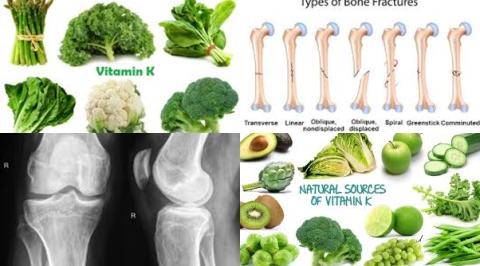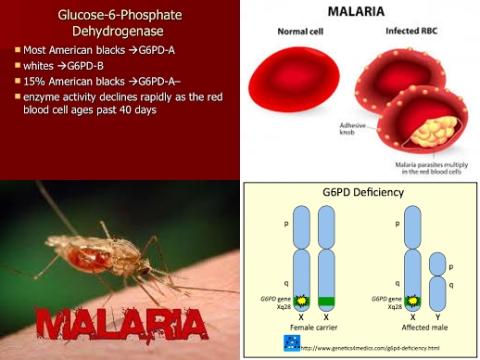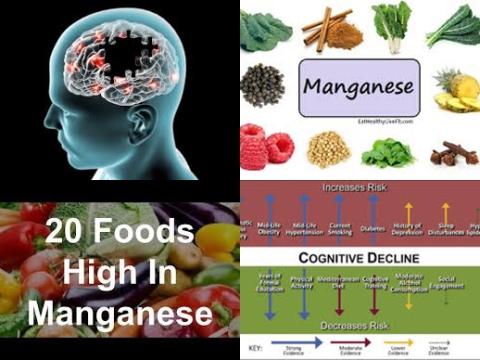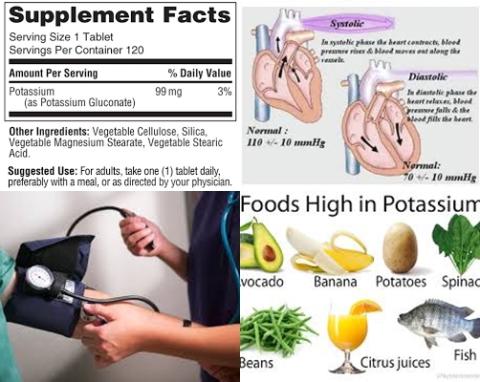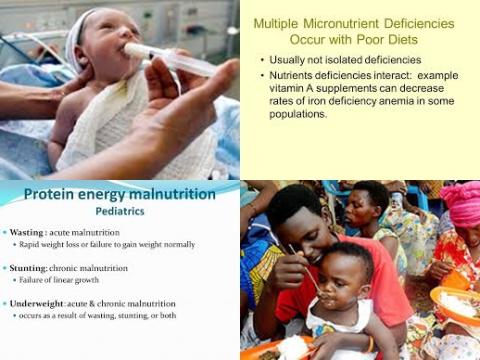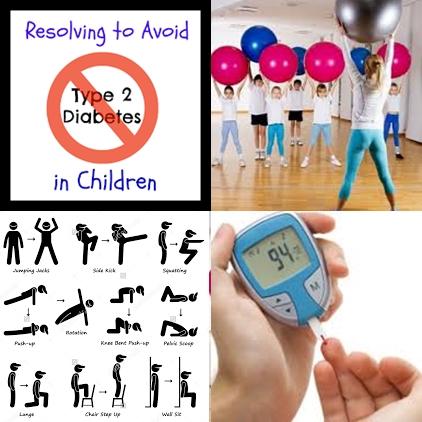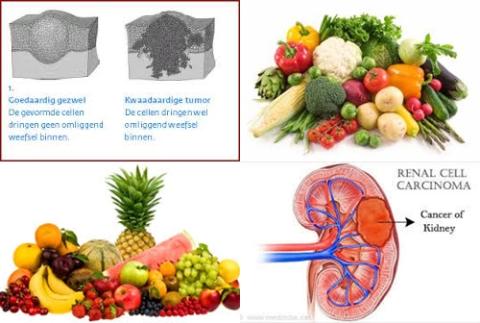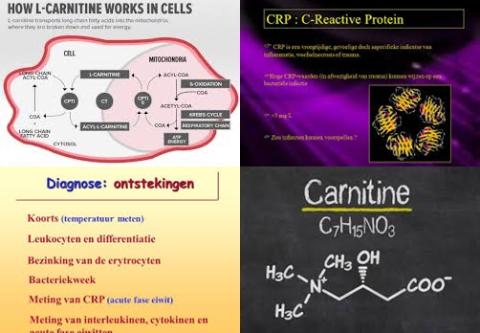Onderzoeksvraag:
Is er een verband tussen het eten van koolhydraten, eiwitten of vetten en de ziekte van Crohn?
Studieopzet:
Dit overzichtsartikel bevatte 4 patiënt-controle studies met in totaal 311 mensen met de ziekte van Crohn en 660 mensen zonder de ziekte van Crohn en 5 prospectieve cohort studies met in totaal 238887 deelnemers, waarvan 482 mensen met de ziekte van Crohn.
De gemiddelde score van de studies was 7.78.
Er was geen publicatie bias in de vezelsstudies. Echter, er was niet genoeg gegevens om vast te kunnen stellen of in de eiwit-, vet- en koolhydratenstudies ook publicatie bias aanwezig was of niet.
Resultaten en conclusies:
De onderzoekers vonden geen bewijs voor een non-lineair verband tussen het eten van koolhydraten en de ziekte van Crohn.
De onderzoekers vonden voor elke verhoging met 10 gram koolhydraten per dag via voeding, een niet significant verlaagde risico van 0.9% voor de ziekte van Crohn [gepoolde RR = 0.991, 95% BI = 0.978-1.004, I2 = 0.0%, p = 0.439]. Niet significant want RR van 1 zat in de 95% BI van 0.978 tot 1.004. RR van 1 betekent geen risico/verband.
De onderzoekers vonden een non-lineair verband tussen het eten van tafelsuiker en de ziekte van Crohn.
De onderzoekers vonden voor elke verhoging met 10 gram tafelsuiker (saccharose of sucrose) per dag via voeding, een significant verhoogde risico van 8.8% voor de ziekte van Crohn [gepoolde RR = 1.088, 95% BI = 1.020-1.160, I2 = 0.0%, p = 0.395]. Significant want RR van 1 zat niet in de 95% BI van 1.020 tot 1.160.
De onderzoekers vonden een non-lineair verband tussen het eten van vezels en de ziekte van Crohn.
De onderzoekers vonden voor elke verhoging met 10 gram vezels per dag via voeding, een significant verlaagde risico van 14.7% voor de ziekte van Crohn [gepoolde RR = 0.853, 95% BI = 0.762-0.955, I2 = 0.0%, p = 0.730]. Echter, dit verlaagde risico was niet meer significant na het corrigeren voor de confounder sigarettenrook [RR voor elke verhoging met 10 gram vezels per dag via voeding = 0.890, 95% BI = 0.776-1.020].
De onderzoekers vonden geen bewijs voor een non-lineair verband tussen het eten van vet en de ziekte van Crohn.
De onderzoekers vonden voor elke verhoging met 10 gram vet per dag via voeding, een niet significant verhoogde risico van 1.8% voor de ziekte van Crohn [gepoolde RR = 1.018, 95% BI = 0.969-1.069, I2 = 44.6%, p = 0.125]. Niet significant wil zeggen, er is geen verband bij een 95% betrouwbaarheid.
De onderzoekers vonden geen bewijs voor een non-lineair verband tussen het eten van eiwit en de ziekte van Crohn.
De onderzoekers vonden voor elke verhoging met 10 gram eiwit per dag via voeding, een niet significant verhoogde risico van 2.9% voor de ziekte van Crohn [gepoolde RR = 1.029, 95% BI = 0.955-1.109, I2 = 54.7%, p = 0.085].
De onderzoekers concludeerden dat er geen verband bestond tussen het eten van koolhydraten, eiwitten of vetten en de ziekte van Crohn. Echter, het eten van tafelsuiker verhoogt mogelijk de kans op het krijgen van de ziekte van Crohn. Mogelijk omdat er niet genoeg gegevens aanwezig waren om uit te sluiten dat er geen publicatie bias aanwezig was.
Oorspronkelijke titel:
Macronutrient Intake and Risk of Crohn’s Disease: Systematic Review and Dose–Response Meta-Analysis of Epidemiological Studies by Zeng L, Hu S, [...], Tan Y.
Link:
https://www.ncbi.nlm.nih.gov/pmc/articles/PMC5452230/
Extra informatie van El Mondo:
Vind hier meer studies over koolhydraten, vetten en eiwitten.
De conclusie in een overzichtsartikel is pas betrouwbaar wanneer er geen sprake is van publicatie bias (treedt op wanneer wetenschappelijke studies wegens ongewenste resultaat (bijvoorbeeld verhoogde risico) niet gepubliceerd worden).
